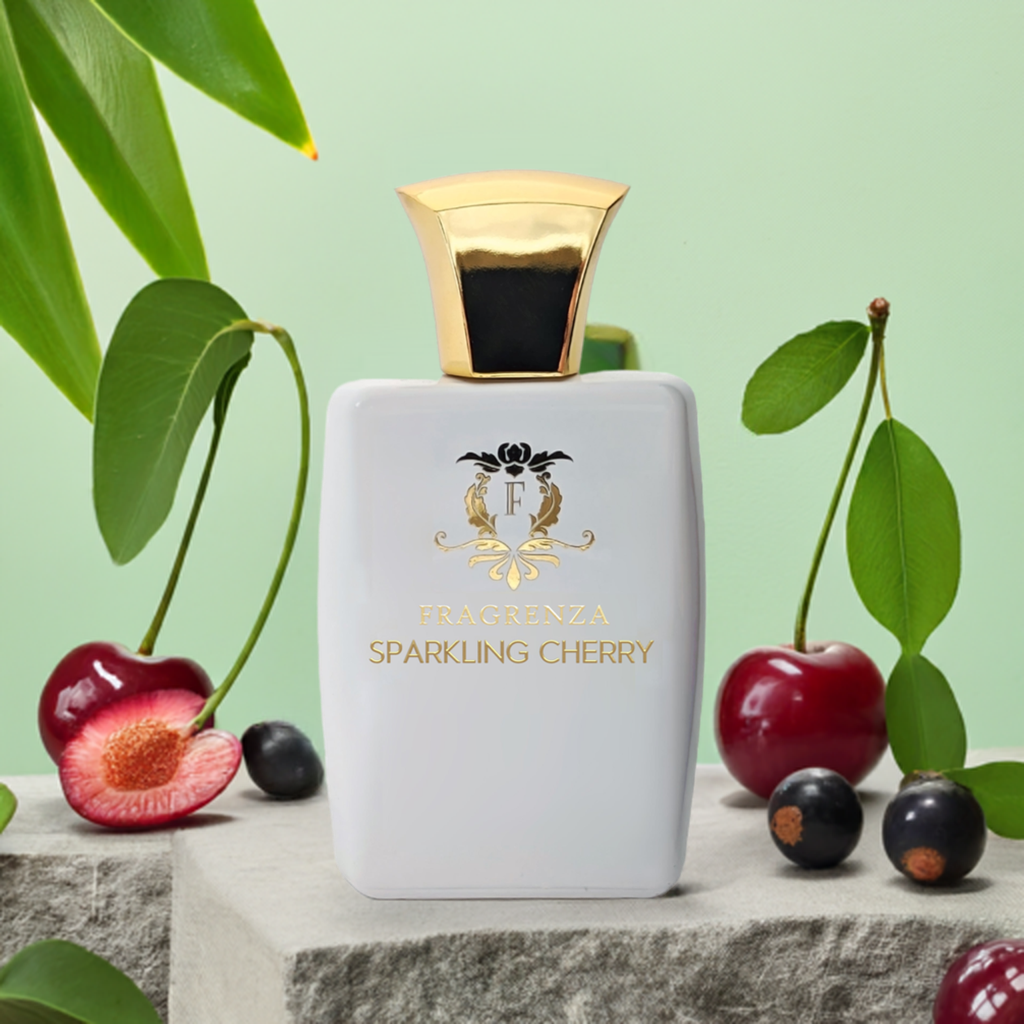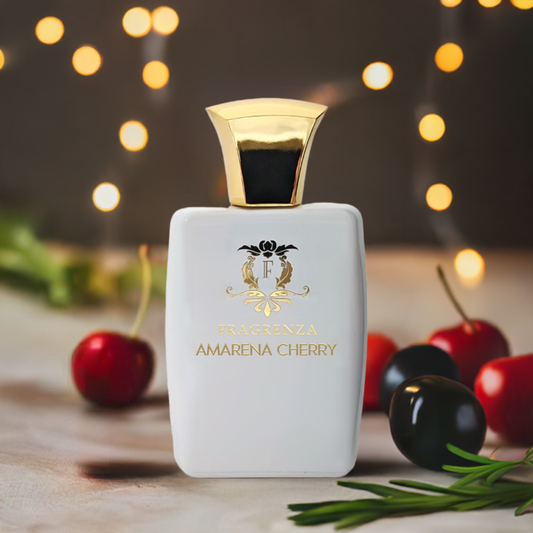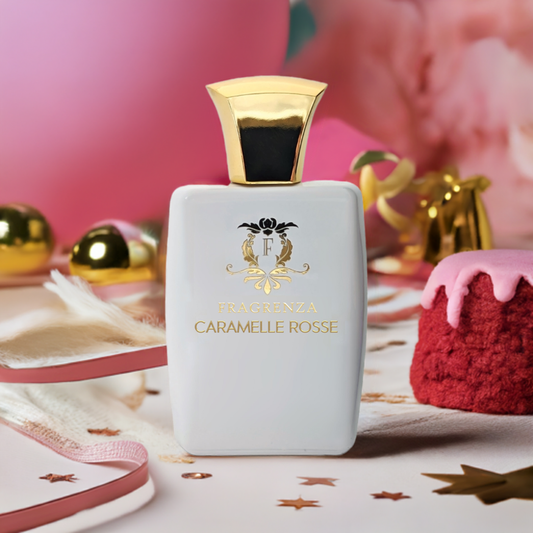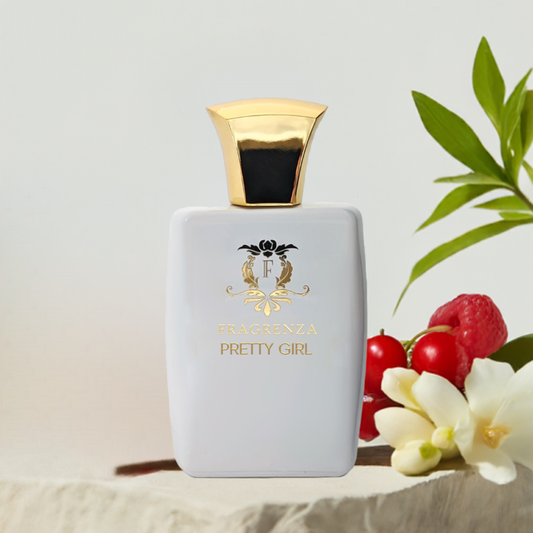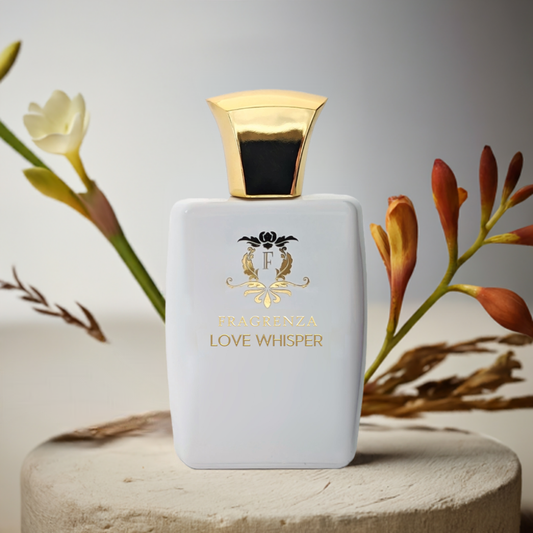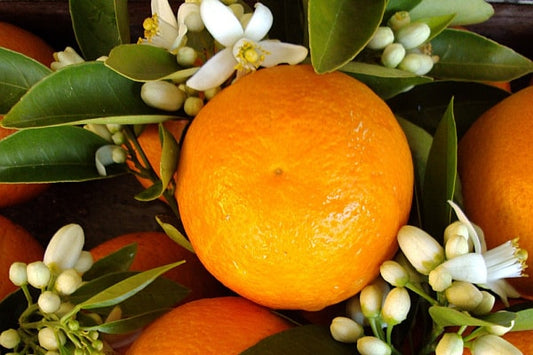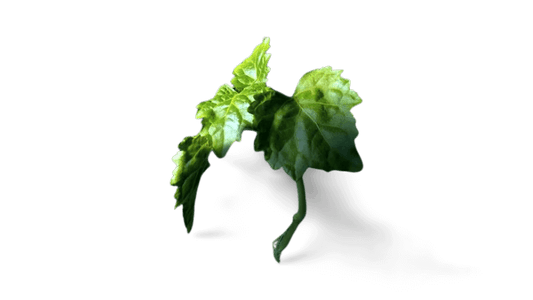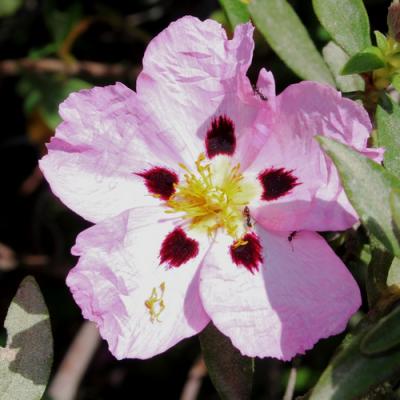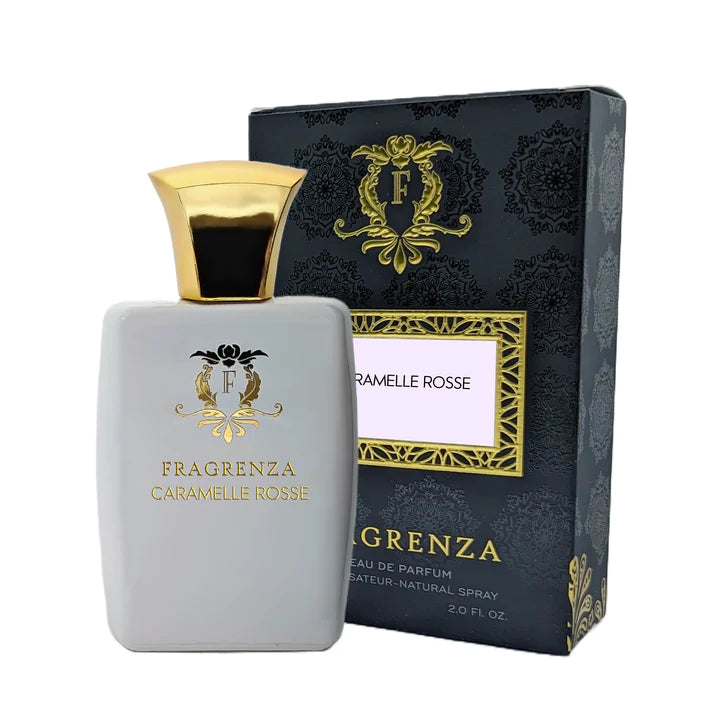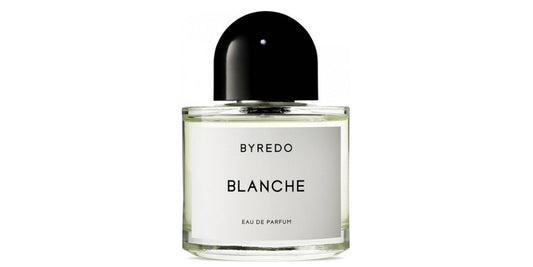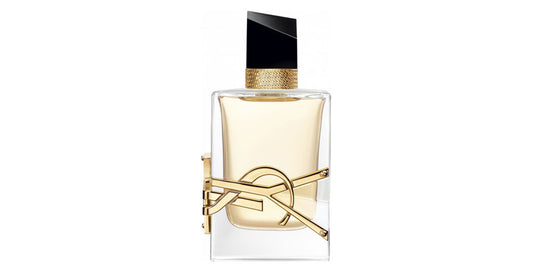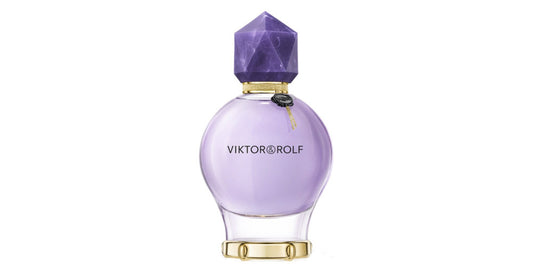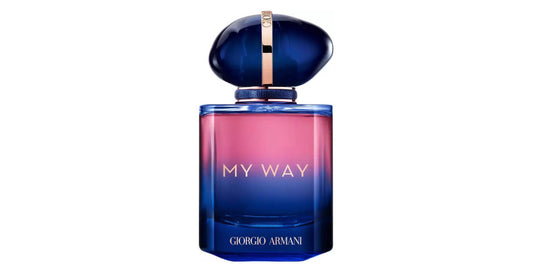Citron in perfumery
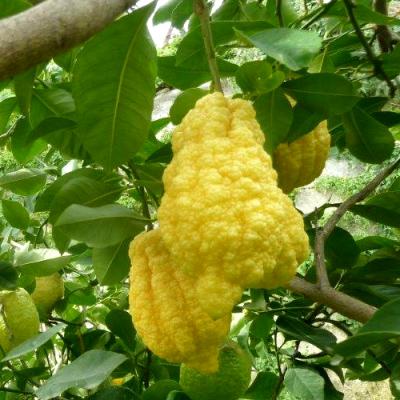
In This Article
The Citron: A Distinct Citrus Fruit
The citron originates from the citron tree, a citrus-producing tree belonging to the Rutaceae family. Its name is derived from the cedar tree due to its thick and rough bark. The citron is, in fact, an ancestor of the lemon. It is a large, oval, and irregular fruit, sometimes ribbed and can reach up to 25 cm long. Impressively, this giant citrus can weigh up to 4 kg! Like its cousin, the citron has an acidic pulp, which can be green or yellow. However, unlike the lemon, it is not very juicy. This species, related to the lemon tree, is native to South Asia, particularly India. The citron was the first citrus fruit to spread across Asian regions and enter Europe as early as the third century BC.
Today, citron is primarily found in France's Corsica region and Languedoc Roussillon. However, other countries like Morocco, Algeria, Tunisia, Italy, China, and South America are larger global producers. The hot and dry climate in these regions is particularly favorable for this small fruit, which is typically harvested between September and November. It is worth noting that citron is a slow-growing fruit;its tree only grows from two to four-year-old plants and does not bear fruit until it is three years old.
Citron in Perfumery
Carlos Huber, a Mexican-origin perfumer, created the first citron-scented perfume. He launched his own brand called Arquiste and introduced a collection of six fragrances, including one based on citron. Citron is highly sought after in perfumery for its zesty aroma and pronounced acidity. Its citrus characteristics make it a favorite ingredient for the top notes of fragrances. The citron imparts freshness and energy with a single whiff. Its essential oil is obtained through cold expression of its zest, a method commonly used for extracting the scent of citrus fruits. Citron is primarily reserved for fine perfumery, and its scent is reminiscent of colognes. Notably, citron made its debut in 1920 in Guerlain's essential Eau de Cologne Eau de Fleurs de Citron.
Beyond this ancestral concoction, citron also features in men's fragrances such as Armani Code, Chrome Sport by Azzaro, or Dior Homme Sport, as well as in feminine fragrances like Downtown by Calvin Klein, Chance Eau Fraiche by Chanel, or Byzantium by Rochas.
- Fun Fact 1: The citron is an ancestor of the lemon and can weigh up to 4 kg!
- Fun Fact 2: Citron was the first citrus fruit to spread across Asian regions and enter Europe around the third century BC.
